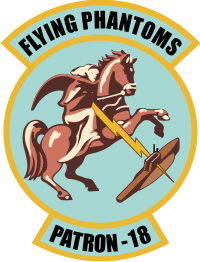Im nearly finished collecting reproductions of many of my dads morale patches that he had on his original NAVY issue flight jacket and added a few more that are relevant to his 46 to 72 Navy pilot career. I pretty much have planed as to where all the patches will be placed on the coat. ( Pop flew the P2V-7 Lockheed Neptune Submarine Hunter & Destroyer )
Now my key question is when I go over all this with a good leather tailor as to where all these patches will be placed on a new G1 goatskin to replace his dried out original coat, is it absolutely critical that the inside liner be removed for this sewing operation or can I save some time and alot of money and have the tailor simple sew on the patches by stitching through the liner. Personally, I dont care if theres some stitching visible on the inside of the jacket because the inside is pretty much never seen.
This will be an extensive operation involving large patches on the back of the jacket and medium to small patches on the front and both sleeves. Im not a tailor but common sense says that it will be a chore to remove the inner liner and re attach it again just to avoid sewing through it.
Any of you flight jacket gurus or custom jacket tailors have an opinion ? Should I worry about the inner liner ?
Many thanks as usual.
Now my key question is when I go over all this with a good leather tailor as to where all these patches will be placed on a new G1 goatskin to replace his dried out original coat, is it absolutely critical that the inside liner be removed for this sewing operation or can I save some time and alot of money and have the tailor simple sew on the patches by stitching through the liner. Personally, I dont care if theres some stitching visible on the inside of the jacket because the inside is pretty much never seen.
This will be an extensive operation involving large patches on the back of the jacket and medium to small patches on the front and both sleeves. Im not a tailor but common sense says that it will be a chore to remove the inner liner and re attach it again just to avoid sewing through it.
Any of you flight jacket gurus or custom jacket tailors have an opinion ? Should I worry about the inner liner ?
Many thanks as usual.
